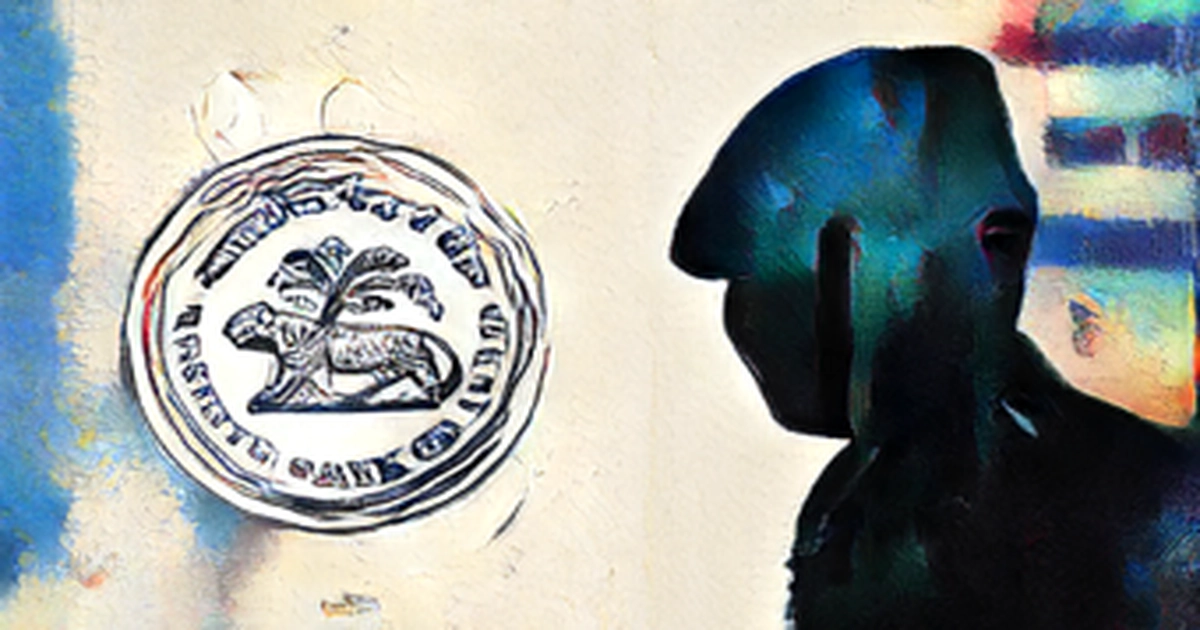
India has made significant progress and moved to a leadership position in large-value digital payment systems, but it is still weak in certain parameters relating to ATMs and card payments, a report from the RBI said on Friday.
India was categorized as a leader or strong in respect of 25 21 in the previous exercise out of 40 indicators, and categorised as 'weak' in respect of 8 12 in the previous exercise indicators, according to the report on Benchmarking India's Payment Systems, providing a comparative position of the payments ecosystem in India relative to other major countries.
The benchmarking exercise was first carried out in 2019 with respect to the position in 2017.
The RBI said that this follow-on benchmarking exercise, covering the same countries and parameters used in the earlier study, was undertaken with respect to the position in 2020.
India has made significant progress and moved to a leadership position in large value payment systems and fast payment systems, which has contributed to rapid growth in digital payments, the report said.
India has shown improvements in digital payment options for bill payments, ticketing systems for public transportation, and available channels for cross-border remittances and decline in cheque usage since the last exercise.
The exercise shows that there is scope for improvement in acceptance infrastructure - ATMs and PoS terminals. The report said that the Payments Infrastructure Development Fund PIDF scheme was operational in 2021 to improve the acceptance infrastructure and bridge the gap.
It said the decline in India's rating in some parameters involving currency in circulation is due to increased demand for cash as a store of value during the Covid 19 Pandemic related lock down and the slowdown in economic growth during 2020.
The RBI stressed that the learnings from the benchmarking exercise are expected to lead to further improvements in the payments landscape in India.
In India there are many proactive customer centric initiatives that are strong in terms of regulation.
India has a strong leadership position on the subject of e-money and customer protection.
RuPay is lagging in the credit card segment with a less than 3 per cent share of total cards issued.
In 2020, the share of card payments in total payment systems transactions was the second lowest in India 14.7 per cent, with Indonesia only seeing a lower share of 7.2 per cent. It also stated that India has the third largest number of ATMs deployed, but it still doesn't fare well with regards to people served per ATM due to its sizeable population. As of now, there were 5,800 ATMs catering to over 5,800 people.
There is a possibility that this may not be a concern as cash withdrawals in India are facilitated through other channels such as PoS terminals and micro ATMs using Aadhaar enabled payment systems, according to the RBI.
With global focus on improving cross-border payment arrangements, it is important that India explores further actions in this arena, which would further its relative position and remove frictions in such transactions, according to the report.
These measures could be based on the UPI-PayNow interface, exploring avenues for interlinking UPI with fast payment systems in other jurisdictions, and enhancing the review of the prescribed limits for inward remittances using the Money Transfer Service Scheme MTSS to improve customer convenience.
It stressed that the internationalisation of Indian rupee will facilitate greater integration of Indian economy with the rest of the world, in terms of foreign trade and international capital flows.
